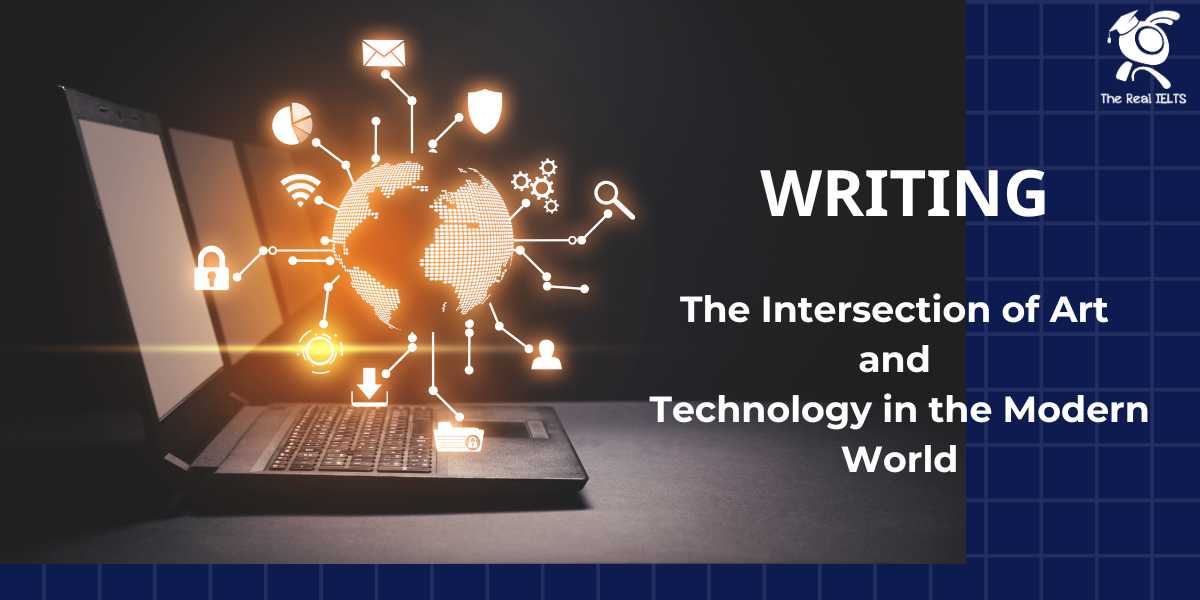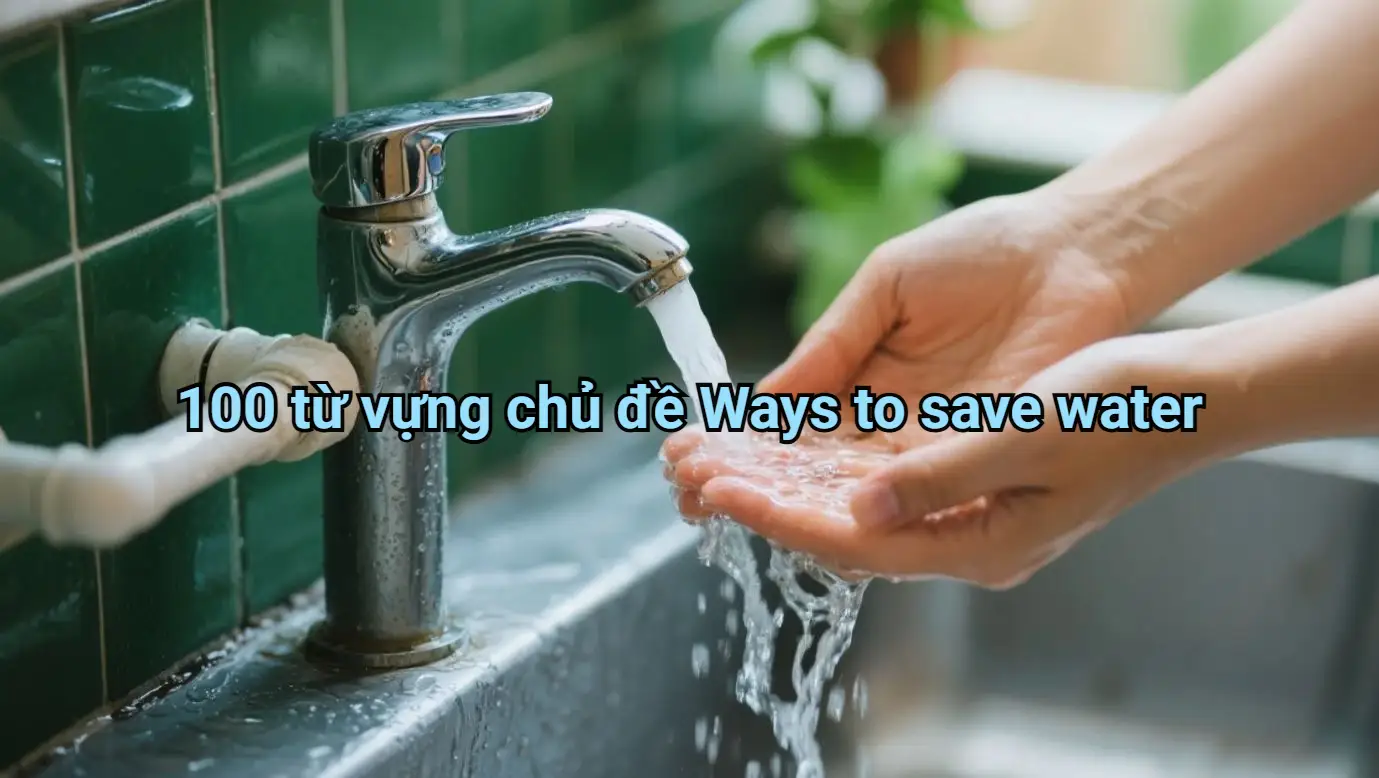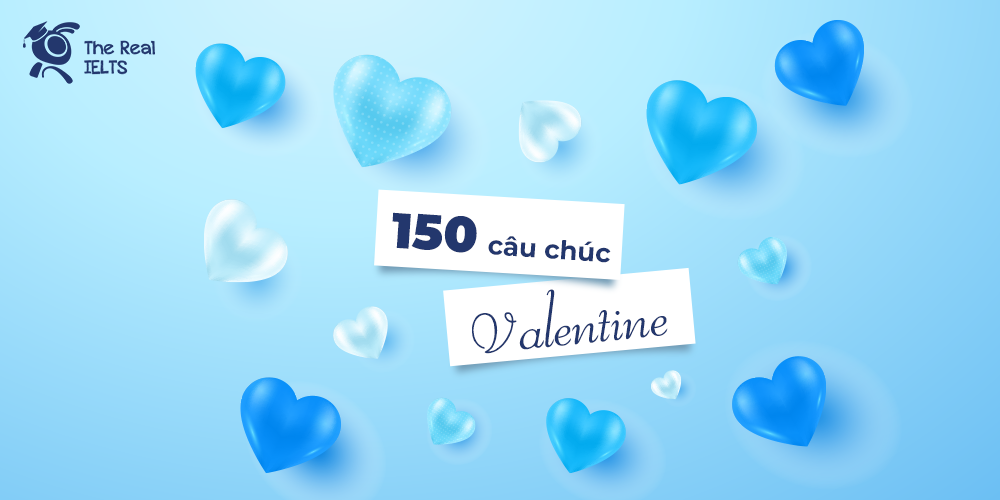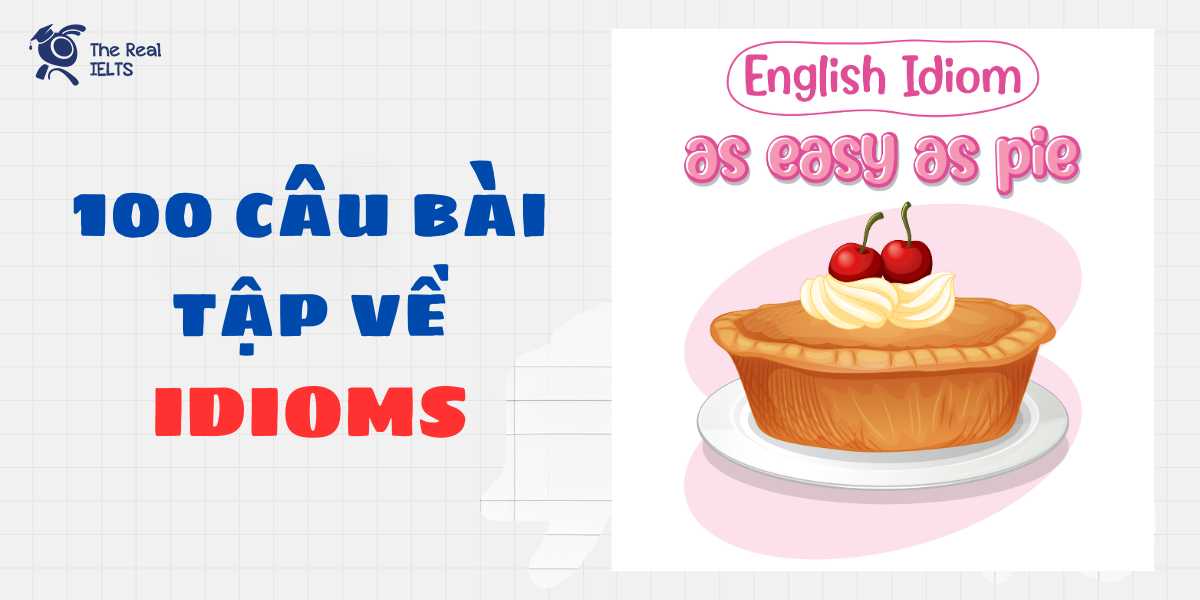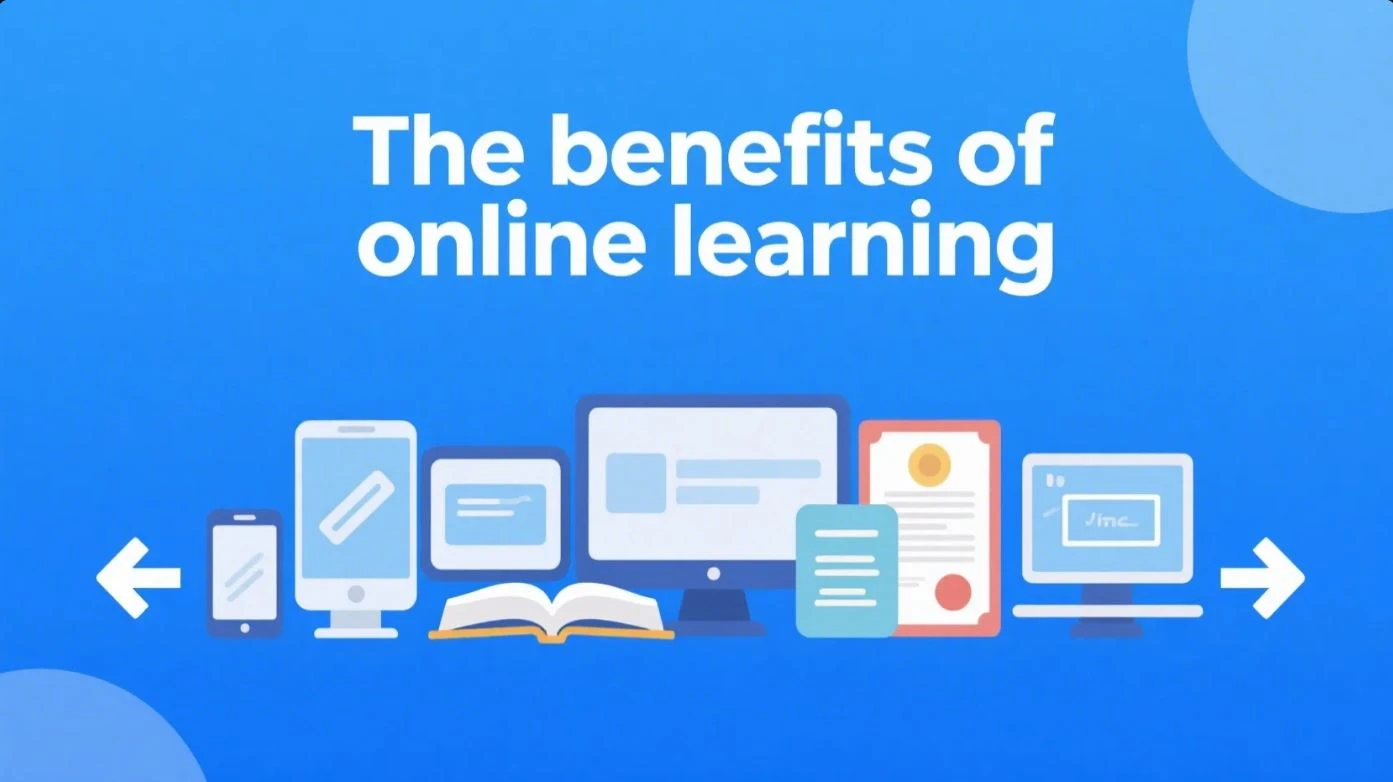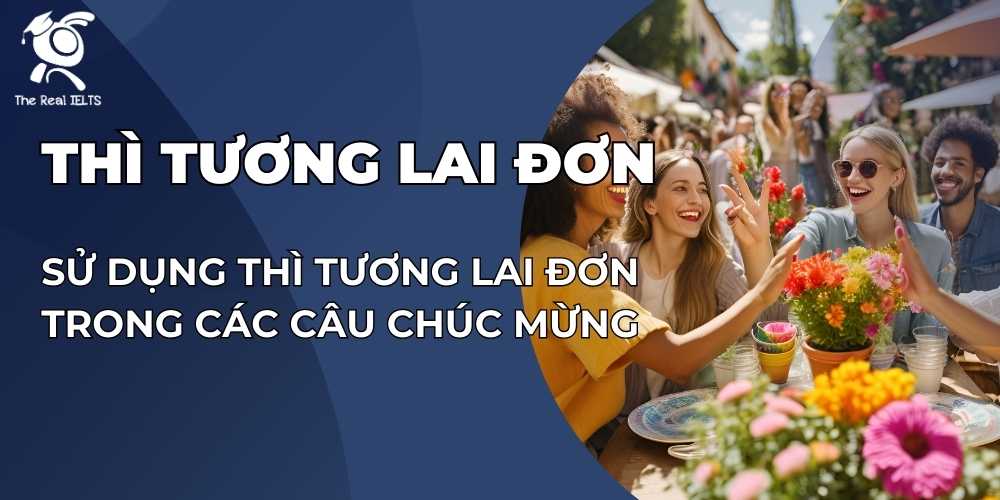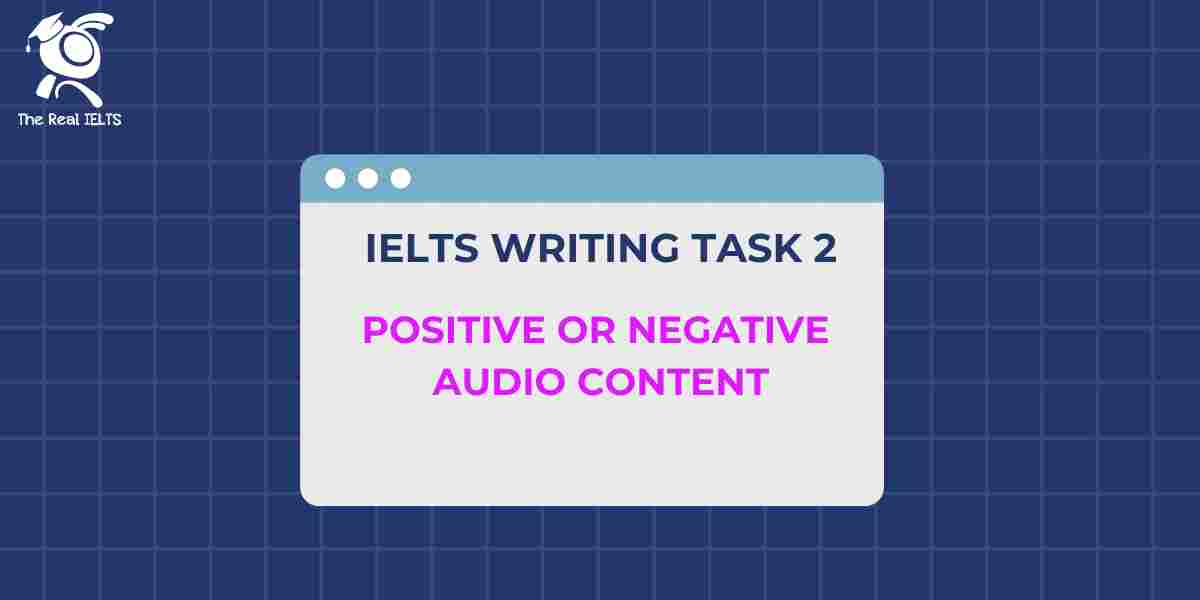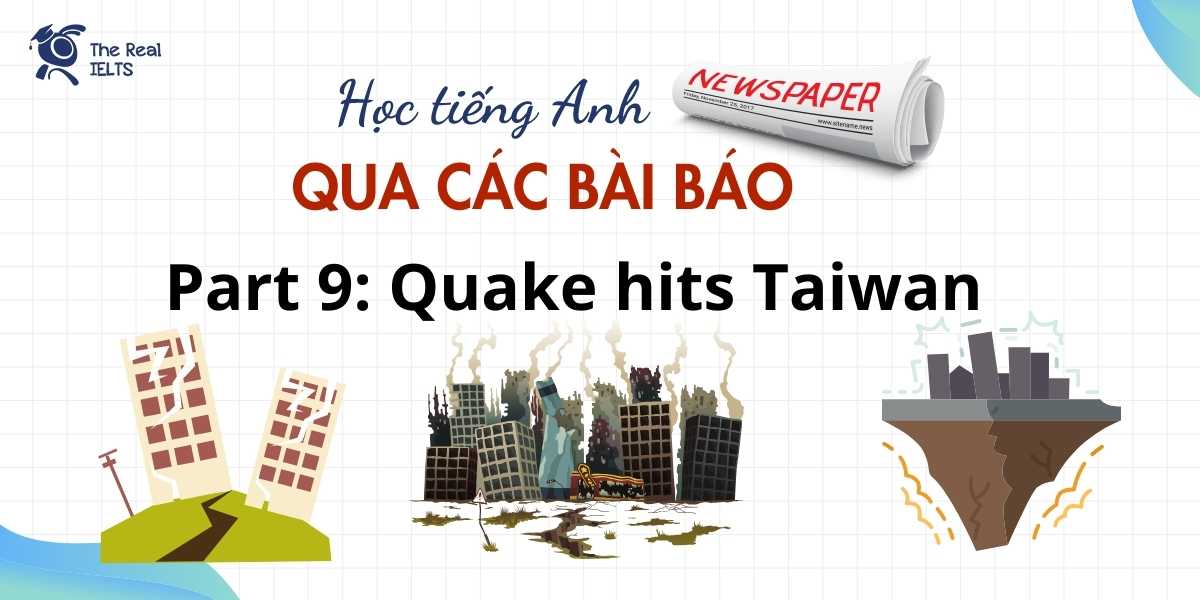Chủ đề”The Intersection of Art and Technology in the Modern World” là chủ đề luyện Writing Skill phần 21. Sau đây là phần gợi ý luyện tập.
Writing Outline: The Intersection of Art and Technology in the Modern World
I. Introduction
A. Brief overview of art and technology B. Importance of the intersection between art and technology C. Thesis statement: The integration of art and technology in the modern world has revolutionized creative expression, expanded artistic possibilities, and reshaped various industries.
II. Historical Context
A. Early instances of technology influencing art 1. The invention of the camera and its impact on visual arts 2. Early digital art and computer graphics B. Evolution of the relationship between art and technology over time
III. Modern Developments
A. Digital Art and New Media 1. Digital painting and illustration 2. Virtual reality (VR) and augmented reality (AR) art B. Interactive and Immersive Experiences 1. Interactive installations and exhibitions 2. Immersive theater and performance art C. Artificial Intelligence and Machine Learning in Art 1. AI-generated art 2. Machine learning in music composition and sound design
IV. Impact on Various Art Forms
A. Visual Arts 1. Digital sculpture and 3D printing 2. Online galleries and virtual exhibitions B. Performing Arts 1. Technology in dance and choreography 2. Digital scenography and stage design C. Music 1. Electronic music production 2. Digital distribution and streaming platforms
V. Benefits and Challenges
A. Benefits 1. Accessibility and democratization of art 2. New creative tools and methods 3. Global collaboration and exposure B. Challenges 1. Ethical considerations in AI art 2. Preservation of digital art 3. The digital divide and access to technology
VI. Case Studies
A. Prominent artists and projects at the intersection of art and technology 1. Examples of successful integration 2. Impact on the art community and audience B. Future trends and potential developments
VII. Conclusion
A. Recap of key points B. The ongoing evolution of art and technology C. Final thoughts on the future of creative expression in the modern world.
Vocabulary to Note in the Essay
I. Introduction
- Intersection
- Creative expression
- Fusion
- Evolution
- Revolutionized
- Artistic possibilities
- Industries
II. Historical Context
- Rooted
- Invention
- Revolutionizing
- Movements
- Impressionism
- Advent
- Unprecedented
III. Modern Developments
- Contemporary
- Digital painting
- Illustration
- Software
- Virtual reality (VR)
- Augmented reality (AR)
- Immersive experiences
- Installations
- Dynamic environments
- Interactive
- Artificial intelligence (AI)
- Machine learning
- Algorithms
- Composing
- Sound design
IV. Impact on Various Art Forms
- Profound
- Digital sculpture
- 3D printing
- Precision
- Democratized
- Online galleries
- Virtual exhibitions
- Motion capture technology
- Visualize
- Digital scenography
- Stage design
- Electronic music production
- Digital audio workstations (DAWs)
- Digital distribution
- Streaming platforms
V. Benefits and Challenges
- Integration
- Accessible
- Democratized
- Ethical considerations
- Authorship
- Originality
- Preservation
- Obsolescence
- Digital divide
- Equitable
VI. Case Studies
- Exemplify
- Data-driven installations
- Machine learning algorithms
- Mesmerizing
- Immersive exhibitions
- Collective
- Trends
- Personalized
- Holography
- Brain-computer interfaces
VII. Conclusion
- Dynamic
- Advancements
- Push the boundaries
- Dialogue
- Enriching
- Cultural landscape
- Horizons
- Human creativity
The Intersection of Art and Technology in the Modern World
I. Introduction
Art and technology, two seemingly distinct realms, have increasingly intersected, giving rise to a new era of creative expression. The fusion of these fields is not just a modern phenomenon but a dynamic evolution that has reshaped how we perceive and create art. This essay explores the significance of this intersection, demonstrating how technology has revolutionized artistic possibilities and transformed various industries.
II. Historical Context
The relationship between art and technology is rooted in history. The invention of the camera in the 19th century marked a significant turning point, revolutionizing visual arts by introducing photography. Artists began experimenting with new ways to capture reality, leading to movements such as Impressionism. In the late 20th century, the advent of digital art and computer graphics opened up unprecedented opportunities for creative expression, laying the groundwork for today’s innovations.
III. Modern Developments
In the contemporary world, digital art and new media have become prominent. Digital painting and illustration, created using software like Adobe Photoshop and Corel Painter, allow artists to experiment with infinite colors and tools without the limitations of physical materials. Virtual reality (VR) and augmented reality (AR) have further expanded artistic horizons, offering immersive experiences that engage viewers in entirely new ways.
Interactive and immersive experiences are another frontier. Installations that respond to viewer interactions, such as teamLab’s digital art exhibitions, blend technology with creativity to create dynamic environments. Immersive theater and performance art, like Punchdrunk’s “Sleep No More,” use technology to enhance storytelling and audience engagement.
Artificial intelligence (AI) and machine learning are also making significant inroads into art. AI-generated art, exemplified by works created using algorithms like DeepArt and Google’s DeepDream, challenges traditional notions of creativity. In music, machine learning aids in composing and sound design, with AI tools like AIVA (Artificial Intelligence Virtual Artist) assisting composers in creating new pieces.
IV. Impact on Various Art Forms
The impact of technology on visual arts is profound. Digital sculpture and 3D printing have revolutionized sculptural practices, allowing artists to create intricate designs with precision. Online galleries and virtual exhibitions have democratized access to art, enabling global audiences to experience artworks without geographical constraints.
Performing arts have also embraced technology. In dance, motion capture technology allows choreographers to create complex movements and visualize performances in virtual spaces. Digital scenography and stage design enhance live performances, providing visually stunning backdrops and interactive elements that were previously unimaginable.
In the realm of music, electronic music production has become mainstream. Digital audio workstations (DAWs) like Ableton Live and FL Studio enable musicians to compose, produce, and edit music with unprecedented ease. Digital distribution and streaming platforms, such as Spotify and Apple Music, have transformed the music industry, making it easier for artists to reach audiences worldwide.
V. Benefits and Challenges
The integration of art and technology offers numerous benefits. It has made art more accessible and democratized, allowing a broader range of people to create and experience art. New creative tools and methods have emerged, providing artists with innovative ways to express themselves. Global collaboration has become more feasible, connecting artists and audiences across borders.
However, these advancements also present challenges. Ethical considerations in AI-generated art raise questions about authorship and originality. The preservation of digital art poses difficulties, as technological obsolescence can render digital works inaccessible. The digital divide, which limits access to technology for some populations, remains a significant barrier to equitable artistic participation.
VI. Case Studies
Several prominent artists and projects exemplify the successful integration of art and technology. For instance, artist Refik Anadol’s data-driven installations use machine learning algorithms to create mesmerizing visual experiences. Similarly, the digital art collective teamLab creates immersive exhibitions that blend art, technology, and nature.
Future trends suggest even deeper integration of these fields. Advancements in AI and machine learning will likely lead to more sophisticated and personalized artistic experiences. The development of new technologies, such as holography and brain-computer interfaces, holds the potential to further transform creative expression.
VII. Conclusion
The intersection of art and technology is a dynamic and evolving landscape that continues to reshape the world of creative expression. As technology advances, it offers artists new tools and opportunities to push the boundaries of their creativity. While challenges remain, the ongoing dialogue between art and technology promises a future where innovative and immersive experiences become increasingly prevalent, enriching our cultural landscape and broadening the horizons of human creativity.


